Knee Joint stiffness : Physiotherapy Treatment
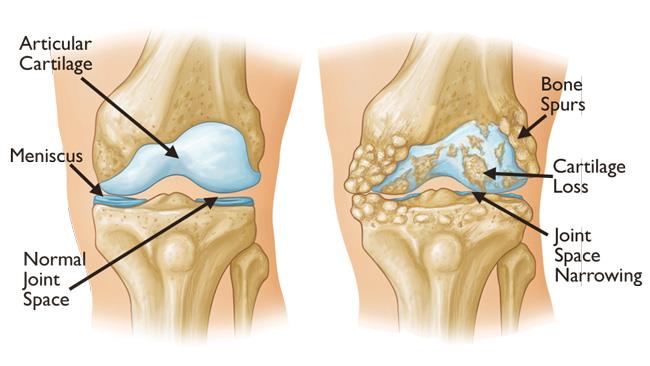
Introduction of Knee Joint Stiffness :
Knee joint stiffness is the sensation of difficulty moving a joint or the apparent loss of range of motion of a joint.
Joint stiffness often accompanies joint pain and/or swelling. Joint stiffness can be caused by injury or disease of the joint and is a common finding in the arthritis conditions.
Stiffness following surgery or injury to a joint develops as a progression of four stages: bleeding, edema, granulation tissue, and fibrosis.
Four ligaments are important in maintaining the stability and function of the knee joint, the anterior and posterior cruciate ligaments, and the medial and lateral collateral ligaments.
The menisci are two pieces of cartilage that permit the bones of the knee joint to move smoothly against one another.
Injuries to these structures may restrict movement of the knee joint.
Other traumatic causes of stiff knee include fractures of bone, inflammation of tendons or bursae, or damage to the cartilage of the kneecap.
Injuries may be sudden or may develop slowly over time.
The different forms of arthritis are the most common chronic diseases to affect the knee.
Osteoarthritis results from wear and tear on the joint, while rheumatoid arthritis (chronic autoimmune disease characterized by joint inflammation) arises from a dysfunction of the body’s immune system.
Rarely, tumors and infections of the knee joint and surrounding areas may produce a stiff knee.
A knee injury can require emergency care, and a sprain may be accompanied by more serious injuries to the joint.
Seek immediate medical care for serious symptoms, such as paralysis, loss of sensation, absent pulses in the feet, complete inability to move the knee joint, high fever, severe bleeding, or uncontrollable pain
Patho – anatomy Of Knee Joint :

The knee joint is a hinge type synovial joint, which mainly allows for flexion and extension (and a small degree of medial and lateral rotation). It is formed by articulations between the patella, femur and tibia.
In this article, we shall examine the anatomy of the knee joint – its articulating surfaces, ligaments and neurovascular supply.
Articulating Surfaces :
The knee joint consists of two articulations – tibiofemoral and patellofemoral.
The joint surfaces are lined with hyaline cartilage and are enclosed within a single joint cavity.
- Tibiofemoral – medial and lateral condyles of the femur articulate with the tibial condyles. It is the weight-bearing component of the knee joint.
- Patellofemoral – anterior aspect of the distal femur articulates with the patella.
It allows the tendon of the quadriceps femoris (knee extensor) to be inserted directly over the knee – increasing the efficiency of the muscle.
Neurovascular Supply :
The nerve supply, according to Hilton’s law, is by the nerves which supply the muscles which cross the joint. These are the femoral, tibial and common fibular nerves.
Menisci :
The medial and lateral menisci are fibrocartilage structures in the knee that serve two functions:
To deepen the articular surface of the tibia, thus increasing stability of the joint.
To act as shock absorbers by increasing surface area to further dissipate forces. They are C shaped and attached at both ends to the intercondylar area of the tibia.
Bursae :
- A bursa is synovial fluid filled sac, found between moving structures in a joint – with the aim of reducing wear and tear on those structures. There are four bursae found in the knee joint :
- Suprapatellar bursa
- Prepatellar bursa
- Infrapatellar bursa
- Semimembranosus bursa
Ligaments :
- The major ligaments in the knee joint are :
- Patellar ligament
- Collateral ligaments
- Cruciate Ligaments
Movements :
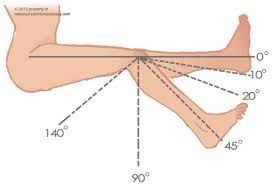
- There are four main movements that the knee joint permits :
- Flexion
- Extension
- Lateral rotation
- Medial rotation
- knee flexion ROM :- 0-135-140
- knee extension ROM :- 0-135-140
Pathophysiology :
Pain in and around a joint may involve
Inflammation (due to, eg, infection, crystal-induced arthritis, or autoimmune systemic inflammatory disorders)
Noninflammatory problems, usually mechanical (eg, trauma, internal derangements)
The synovium and joint capsule are major sources of intra-articular pain. The synovial membrane is the main site affected by inflammation (synovitis).
Pain that originates from the menisci is more likely to be a result of injury.
Which are the cause of Knee Joint stiffness?
The most common causes of acute monoarticular pain overall are the following :
- Injury
- Infection
- Crystal-induced arthritis
Injury :
With injury, a history of trauma is usually present and suggestive. Injury can affect intra-articular and/or periarticular structures and involve direct injury (eg, twisting during a fall) or overuse (eg, repetitive motion, prolonged kneeling).
After Fracture around knee joint plaster given mainly by Orthopedic Surgeon for 4 weeks to 6 weeks and this may also leads to knee joint stiffness.
Infection :
Infection most often involves the joint (septic arthritis), but periarticular structures, including bursae, overlying skin, and adjacent bone, also may become infected.
Among young adults, the most common causes are the following:
Injury (most common)
Infection
Primary inflammatory disorders (eg, gout)
Among older adults, the most common nontraumatic causes are the following :
Osteoarthritis (most common) :
Crystal-induced arthritis (usually gout or calcium pyrophosphate arthritis [pseudogout]
The most dangerous cause of joint pain at any age is acute infectious (septic) arthritis. Prompt drainage, IV antibiotics, and sometimes operative joint lavage may be required to minimize permanent joint damage and prevent sepsis and death.
Rare causes of monoarticular pain include osteonecrosis, pigmented villonodular synovitis, hemarthrosis (eg, in hemophilia or coagulopathies), tumors (see table Some Causes of Pain in and Around a Single Joint), and disorders that usually cause polyarticular pain, such as reactive arthritis and enteropathic arthritis.
The most common cause of periarticular pain is injury, including overuse. Common periarticular disorders include bursitis and tendinitis; epicondylitis (eg, lateral epicondylitis), fasciitis, and tenosynovitis can also develop. Periarticular infection is less common.
Sometimes, pain is referred to as a joint. For example, a splenic injury may cause left shoulder pain, and children with a hip disorder may complain of knee pain.
Knee Joint stiffness Symptoms:
Knee symptoms that may occur along with a stiff knee :
- Bleeding or bruising
- Deformity of the joint
- Instability of the joint
- Muscle weakness or spasm Pain, whether at rest or during specific movements, that may be described as dull, sharp, burning, stabbing or aching
- Redness, warmth or swelling
- Other symptoms that may occur along with a stiff knee
- Stiff knee may accompany symptoms related to other body systems including:
- Fever
- Muscle weakness
- Pain or swelling in other joints
- Symptoms that might indicate a serious condition
- In some cases, a stiff knee can signal a serious condition that should be immediately evaluated in an emergency setting. Seek immediate medical
- care if you, or someone you are with, have any of these serious symptoms including:
- Coldness of the feet, with weak or absent pulse
- High fever (higher than 101 degrees Fahrenheit)
- Loss of sensation in the lower leg
- Obvious breakage or deformity of the bones
- Paralysis or inability to move a body part
- Severe bleeding
- Uncontrollable pain
How to Diagnosis in Knee Joint stiffness:
If you are suffering from knee stiffness, consult your physician or Orthopedic or Physiotherapist for further assessment. He or she may ask about your recent activities and also review your medical history. Your doctor may also request a radiological exam, such as an MRI or X-ray.
Treatment :
- The treatment options for a stiff knee depend partly on the cause.
- If the cause is a minor injury, the following home treatments may be enough to alleviate pain and stiffness until the injury heals
- resting the knee
- applying an ice pack to the knee at regular intervals
- taking over-the-counter (OTC) nonsteroidal anti-inflammatory drugs
- wearing a knee brace to stabilize the knee and help prevent further injury
- For more severe injuries and knee stiffness that is severe or persistent, a person may need to see their doctor. The doctor will work to diagnose the cause of knee stiffness and will recommend appropriate treatments.
- Depending on the cause of the knee stiffness, these treatments may include:
- taking prescription pain medications
- using corticosteroids
- taking rheumatoid arthritis medications, such as disease-modifying antirheumatic drugs and biologicssurgery
- physiotherapy, to improve knee function and overall mobility
- Exercises and stretches :
- In some cases, people with a stiff knee should avoid exercising. Some knee injuries need time to heal and would benefit from rest instead of exercise.
- However, a stiff knee that occurs due to a form of arthritis may benefit from exercise. The Arthritis Foundation state that different exercises and stretches could help in different ways :
- Strengthening exercises: Increasing muscle strength around the knee reduces the stress on the joint. Examples of these exercises include leg lifts and hamstring curls.
- Range-of-motion exercises: Stretches and exercises that increase the knee’s range of motion keep the joint moving to reduce stiffness. Examples of these exercises include heel slides and stretching with a yoga strap.
- Aerobic exercises: Cardio exercises can boost a person’s energy levels and reduce any excess weight that may put extra pressure on the knee. Examples of these exercises include cycling and swimming.
- Balance exercises: These exercises strengthen the muscles around the knee while also reducing the risk of falling, which could damage the joint further. Examples of these exercises include single leg standing and standing on a foam pad.
- A person with a form of arthritis may want to discuss any new exercise plans or programs with their doctor before starting.
- The following tips can also help prevent or alleviate knee stiffness and pain:
- avoiding stretching until sufficiently warmed up
- stretching the legs before and after exercise
- stretching slowly and not to the point of the pain
- using proper form when exercising
- making sure that the leg muscles are balanced in strength
- avoiding exercises that make the symptoms worse
Knee mobilization exercise :
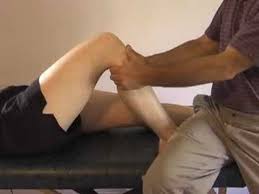
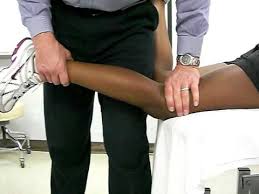
Quadriceps muscle strengthening exercise :
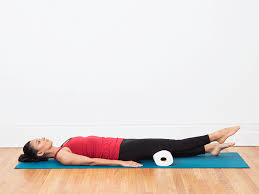
knee strengthening exercise :
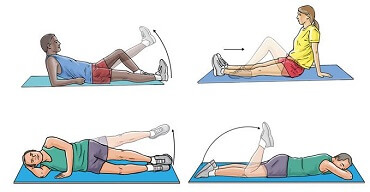
knee stretching exercise of calf and haumstrening muscle :
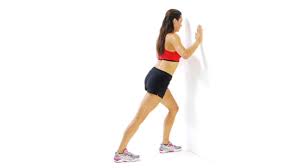
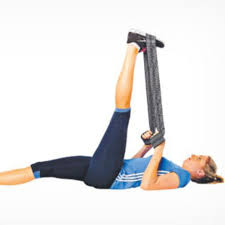
heel raise exercise :
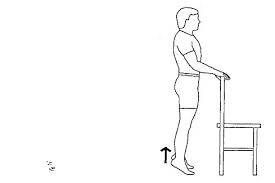
knee balance exercise :
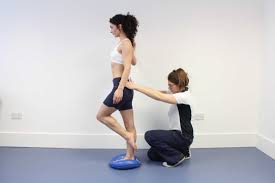
Knee Mobilization Exercise Video :
Continuous Passive Motion Machines – CPM :
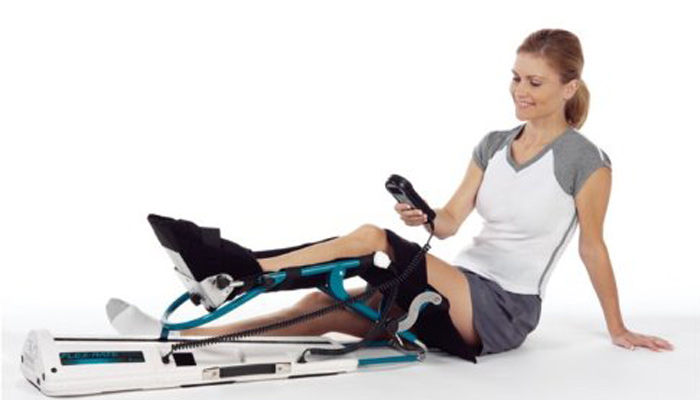
CPM Machines are used mostly by Physiotherapist for improvement of Range of Motion, in which 40 minutes to upto 90 minute session maximum 5 to 6 hours daily uses with 2 hours gap in between times are preferable. This are passive movement and so patient can control easily according to Range of Motion.
Under Anesthesia manipulation :
In this technique mainly orthopedic surgeon give anesthesia over the joint and do vigorous mobilization to increase nearly full range of motion. This technique is rarely choose by doctor because there may risk of further injury.

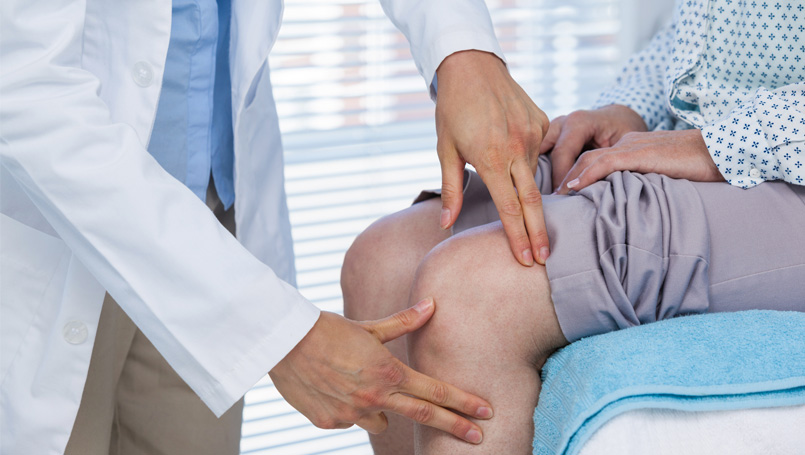

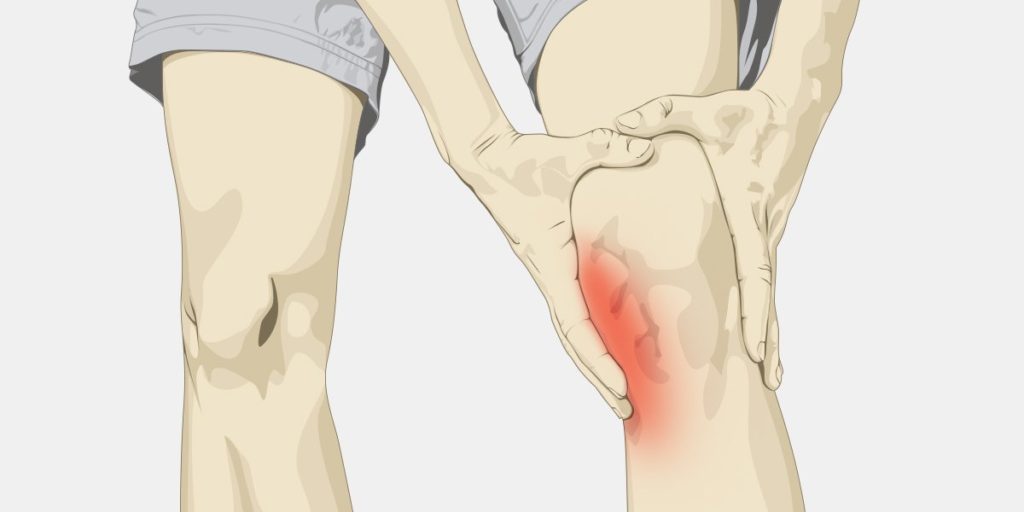
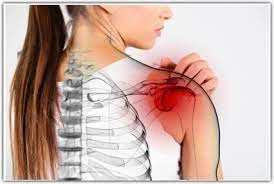
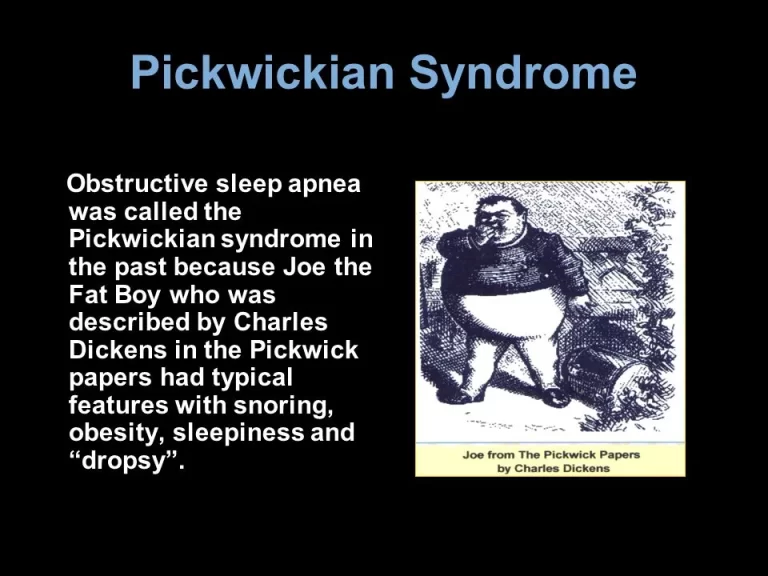
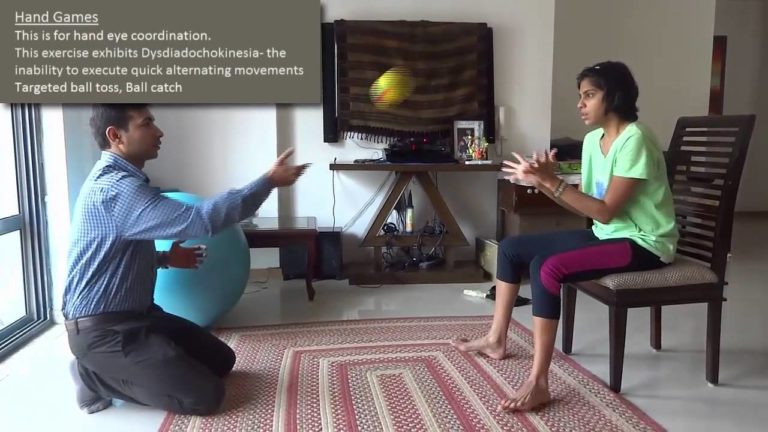

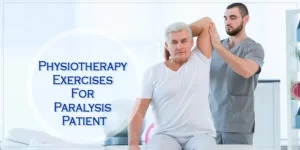
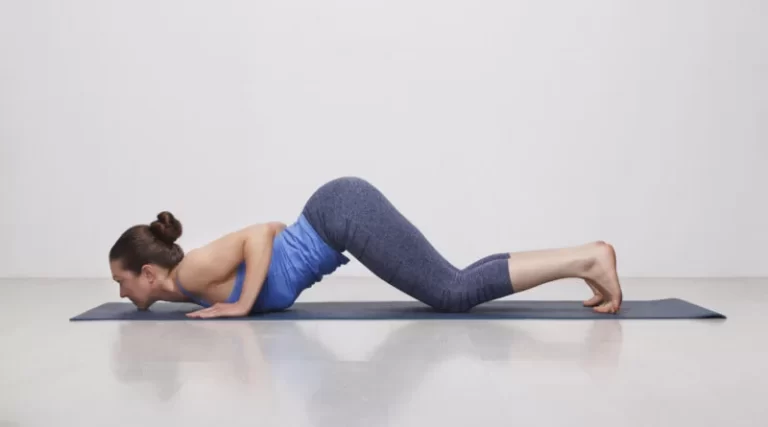
9 Comments